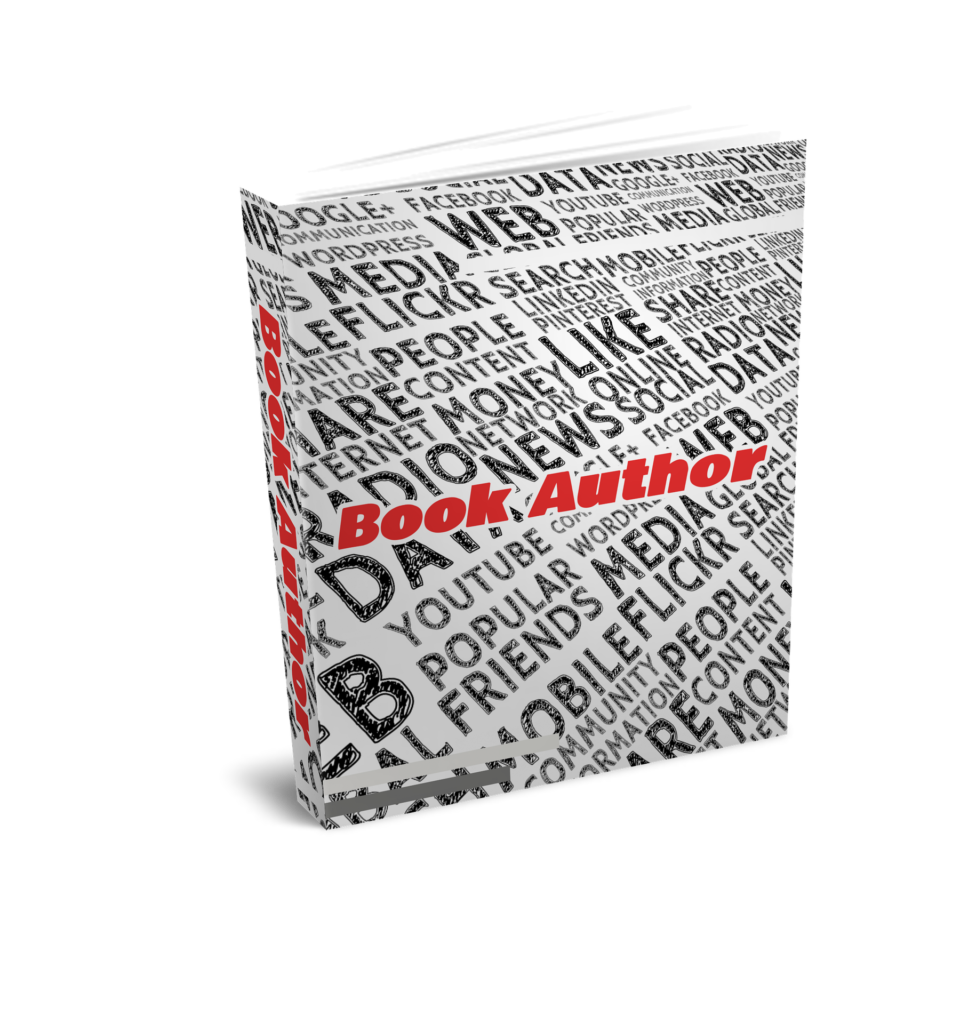Posted: January 10th, 2023
ACM Format: 9 Simple Rules

The ACM (Association for Computing Machinery) citation format is a widely used referencing style in the field of computer science. It is used to cite sources in research papers, articles, and other publications in the field. In this article, we will take a closer look at the basics of the ACM citation format, including its structure and guidelines for use.
What is ACM Citation
The ACM (Association for Computing Machinery) citation format is a widely used referencing style in the field of computer science. It is used to cite sources in research papers, articles, and other publications in the field. This format is preferred by many computer science journals, conferences, and other publications and is often required by publishers and editors. In this article, we will take a closer look at the ACM citation format, its structure, and guidelines, as well as some best practices for using it.
The structure of an ACM citation is relatively simple and straightforward. It includes several key elements, such as the author(s), title of the work, publication venue, and publication date. These elements are typically presented in a specific order and are separated by commas or periods.
First, let’s start with a brief overview of the structure of an ACM citation. An ACM citation includes several key elements, such as the author(s), the title of the work, publication venue, and publication date. These elements are typically presented in a specific order and are separated by commas or periods. The general format for an ACM citation is:
Author(s). “Title of the work.” Name of the publication venue, Publication date, and Pages.
For example, a book citation might look like this:
Smith, John. “The Art of Programming.” Prentice Hall, 1990, pp. 1-10.
An article citation in a journal might look like this:
Doe, Jane, and John Smith. “The Science of Computing.” Journal of Computer Science, vol. 32, no. 4, 2010, pp. 100-120.
It’s worth noting that the author(s) name should be in Last Name, First Name format, and when multiple authors are there need to be separated by a comma.

When citing a specific section or chapter within a larger work, you can include the chapter or section title along with the page numbers. For example:
Doe, Jane. “The Future of Computing.” In: Smith, John (ed.) Advances in Computer Science, Prentice Hall, 2000, pp. 34-45.
It’s also important to note that when citing a work that has been accessed electronically, such as an article from a database or a website, you should include the DOI (digital object identifier) or URL (uniform resource locator) instead of page numbers. The format of electronic source citation is
Author(s). “Title of the work.” Name of the publication venue, Publication date, DOI/URL.
Now that we have covered the basic structure of an ACM citation, let’s take a closer look at the guidelines for use.
One of the key guidelines for using the ACM citation format is that you should be consistent in your use of it throughout your paper or publication. This means that you should use the same format for all of your citations, and make sure that they are formatted consistently.
Another important guideline is to include all of the relevant information in your citations. This means that you should include the names of all of the authors, the title of the work, the publication venue, and the publication date. If the work you are citing has a DOI or URL, you should include that as well.
In addition, when citing sources in the ACM format, it is important to be specific and accurate in your citations. This means that you should include the page numbers or DOI/URL for specific quotes or passages that you are referencing, rather than just citing the work as a whole.
Finally, when creating your bibliography at the end of your paper or publication, it is important to list the sources in alphabetical order by the first author’s last name.
In conclusion, the ACM citation format is a widely used referencing style in the field of computer science. It is essential to understand its structure and guidelines for use when creating research papers, articles, and other publications in the field. By following these guidelines, you can ensure that your citations are consistent, accurate, and specific.
ACM Citation Rules

There are several rules to follow when using the ACM citation format. Some of the most important include:
Consistency: Use the same format for all of your citations, and make sure that they are formatted consistently throughout your paper or publication. This ensures that your citations are easy to read and understand, and makes it easier for readers to find the sources that you are citing.
Accurate: Include all of the relevant information in your citations. This means that you should include the names of all of the authors, the title of the work, the publication venue, and the publication date. If the work you are citing has a DOI or URL, you should include that as well.
Specific: Be specific and accurate in your citations. This means that you should include the page numbers or DOI/URL for specific quotes or passages that you are referencing, rather than just citing the work as a whole.
Alphabetical Order: List the sources in alphabetical order by the first author’s last name at the end of the publication
Use proper punctuation and capitalization throughout the citations.
Use italic font for titles of books and journals, and quotes for the article title.
When citing a work with more than three authors, cite the first author, followed by et al.
For citing a work that is in a language other than English, it is appropriate to include the original title in addition to the English translation.
Citing works that are in conference proceedings include the name of the conference in the publication venue field.
By following these rules, you can ensure that your citations are consistent, accurate, and specific, and that your readers will be able to easily find and understand the sources that you are referencing.
How to Cite in ACM Style Format?

Citing sources in ACM style is a simple process, but it’s important to follow the guidelines for formatting and accuracy. Here is a step-by-step guide for citing sources in ACM style:
Collect the information you need: Before you start citing, gather all of the information you need for your citations. This includes the names of the authors, the title of the work, the publication venue, and the publication date. Also, you should have the DOI or URL if the work is electronic.
Determine the type of source you are citing: Depending on the type of source you are citing (book, journal article, conference proceedings, etc.), the format of the citation will be different. For example, book citations will typically include the publication venue and page numbers, while journal articles will typically include the volume and issue number.

Format the citation: Use the appropriate format for the type of source you are citing, and make sure to include all of the relevant information in your citation. For example, for a book citation, the format is:
Author(s). “Title of the work.” Publication venue, Publication date, Pages.
Specificity: Be specific and accurate in your citations. This means that you should include the page numbers or DOI/URL for specific quotes or passages that you are referencing, rather than just citing the work as a whole.
Use proper punctuation and capitalization throughout the citations.
Bibliography: List the sources in alphabetical order by the first author’s last name at the end of the publication.
For example, a book citation might look like this:
Smith, John. “The Art of Programming.” Prentice Hall, 1990, pp. 1-10.
An article citation in a journal might look like this:
Doe, Jane, and John Smith. “The Science of Computing.” Journal of Computer Science, vol. 32, no. 4, 2010, pp. 100-120.
By following these steps and guidelines, you can ensure that your citations are correctly formatted and accurate, and that your readers will be able to easily find and understand the sources that you are referencing.
Frequently Asked Questions
Here are some of the most frequently asked questions about the ACM citation format to help you understand and use it correctly.
In the ACM citation format, the names of authors should be listed in the format “Last name, First name.” If there are multiple authors, they should be separated by commas. For example, a citation with two authors would be formatted as “Doe, Jane, and Smith, John.”
How should I format the title of a work?
The title of a work should be enclosed in quotation marks and should be capitalized according to the standard capitalization rules for titles. For example, in “The Art of Programming”
Should I include the publisher in my citation?
For books and other works, the publisher should be included in the citation. For journal articles and other types of sources, the publisher is not typically included.
How do I cite electronic sources?
When citing electronic sources, such as articles from databases or websites, you should include the DOI (digital object identifier) or URL (uniform resource locator) instead of page numbers. The format of electronic source citation is Author(s). “Title of the work.” Name of the publication venue, Publication date, DOI/URL.
How should I format the publication date?
The publication date should be listed in the format “Year” . For example, “1990”
How do I cite a source within a source?
When citing a source that you accessed through another source, such as a journal article that you found through a database, you should cite both the original source and the source where you found it. This can be done using the “citation within a citation” format.
How should I format the page numbers in my citation?
The page numbers should be listed in the format “pp. x-y”, where x is the first-page number and y is the last page number. For example, “pp. 1-10.”
How should I format my bibliography?
In the ACM citation format, the bibliography should be listed in alphabetical order by the first author’s last name. Each citation should be formatted according to the guidelines for the type of source, and all citations should be consistent in their formatting.
By understanding and following the guidelines for the ACM citation format, you can ensure that your citations are accurate and consistent and that your readers will be able to easily find and understand the sources that you are referencing.
Expert paper writers are just a few clicks away
Place an order in 3 easy steps. Takes less than 5 mins.